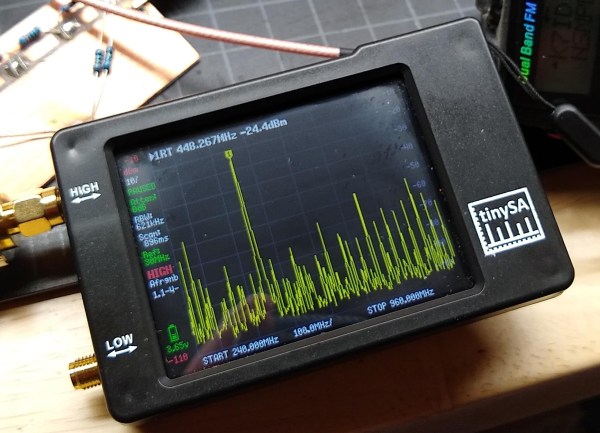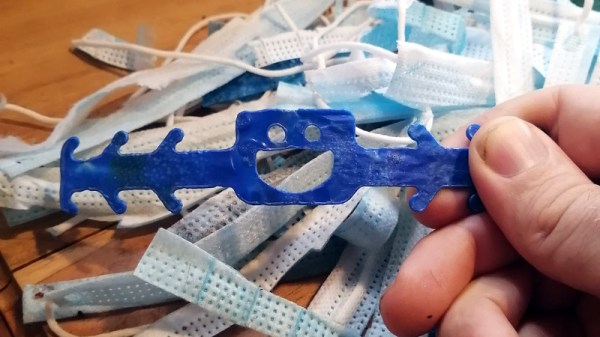The RISC-V architecture is inexorably inching from its theoretical origins towards the mainstream, as what could once only be done on an exotic FPGA can now be seen in a few microcontrollers as well as some much more powerful processors. It’s exciting because it offers us the prospect of fully open-source hardware on which to run our open-source operating systems, but it’s more than that. RISC-V isn’t a particular processor core so much as a specification that can be implemented at any of a number of levels, and in its simplest form can even be made real using 74 logic chips. This was the aim of [Robert Baruch]’s LMARV-1 that caused a stir a year or two ago but then went on something of a hiatus. We’re pleased to note that he’s posted a video announcing a recommencement of the project, along with a significant redesign.
We’ve placed the video below the break, and it’s much more than a simple project announcement. Instead, it’s an in-depth explanation of the design decisions and the physical architecture of the processor. It amounts to a primer on processor design, and though it’s a long watch we’d say you won’t be disappointed if your interests lie in that direction.
We first covered the LMARV-1 back in early 2018, so we’re glad to see it back in progress and we look forward to seeing its continued progress.














